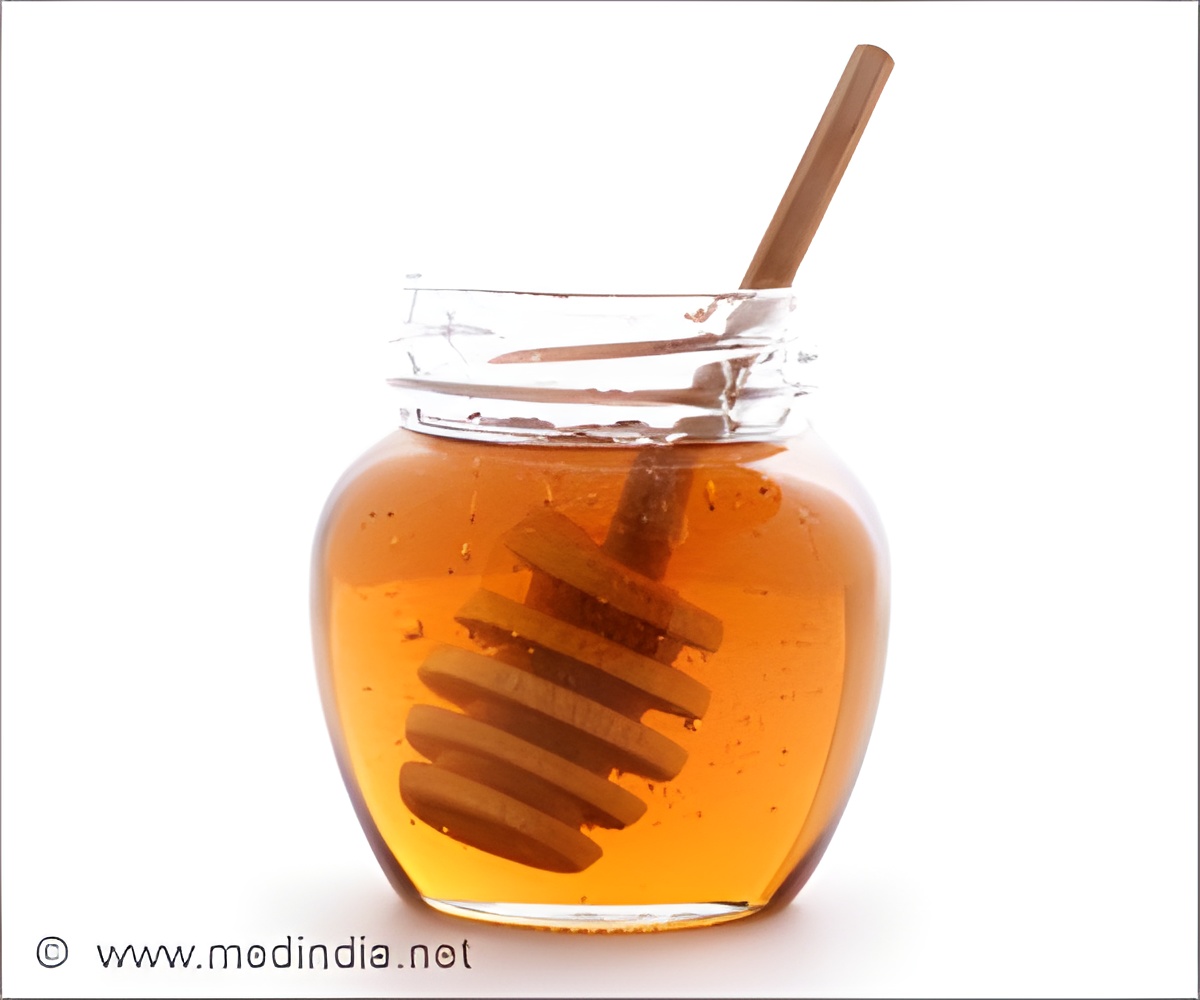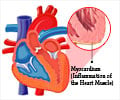Do you know honey can reduce cardiometabolic risks? Honey improves key measures of cardiometabolic health, including blood sugar and cholesterol levels.

‘Raw Honey that comes from a single source boosts important cardiometabolic health indicators like blood sugar and cholesterol levels.’





“These results are surprising because honey is about 80 percent sugar,” said Tauseef Khan, a senior researcher on the study and a research associate in nutritional sciences at U of T’s Temerty Faculty of Medicine.Is Honey a Healthy Alternative for Table Sugar?
But honey is also a complex composition of common and rare sugars, proteins, organic acids, and other bioactive compounds that very likely have health benefits.Previous research has shown that honey can improve cardiometabolic health, especially in vitro and animal studies. The current study published in the journal Nutrition Reviews is the most comprehensive review to date of clinical trials, and it includes the most detailed data on processing and floral source.
The word among public health and nutrition experts has long been that sugar is sugar. These results show that’s not the case, and they should give pause to the designation of honey as a free or added sugar in dietary guidelines.
They emphasized that the context of the findings was critical: clinical trials in which participants followed healthy dietary patterns, with added sugars accounting for 10 percent or less of daily caloric intake.
2 Spoons of Honey may Lower Blood Sugar and Cholesterol Levels
The researchers included 18 controlled trials and over 1,100 participants in their analysis. They assessed the quality of those trials using the GRADE system and found there was a low certainty of the evidence for most of the studies, but that honey consistently produced either neutral or beneficial effects, depending on processing, floral source, and quantity.The median daily dose of honey in the trials was 40 grams or about two tablespoons. The median length of the trial was eight weeks. Raw honey drove many of the beneficial effects in the studies, as did honey from monofloral sources such as Robinia (also marketed as acacia honey) —honey from False Acacia or Black Locust Trees — and clover, which is common in North America.
Advertisement
The other ways to consume unheated honey, such as with yogurt, as a spread, and in salad dressings. Future studies should focus on unprocessed honey, Khan said, and from a single floral source.
Advertisement
Source-Eurekalert















